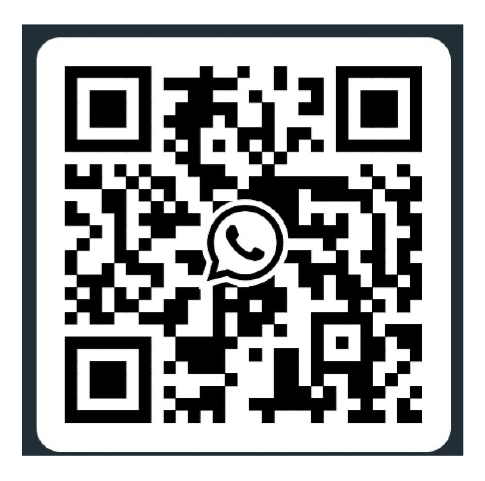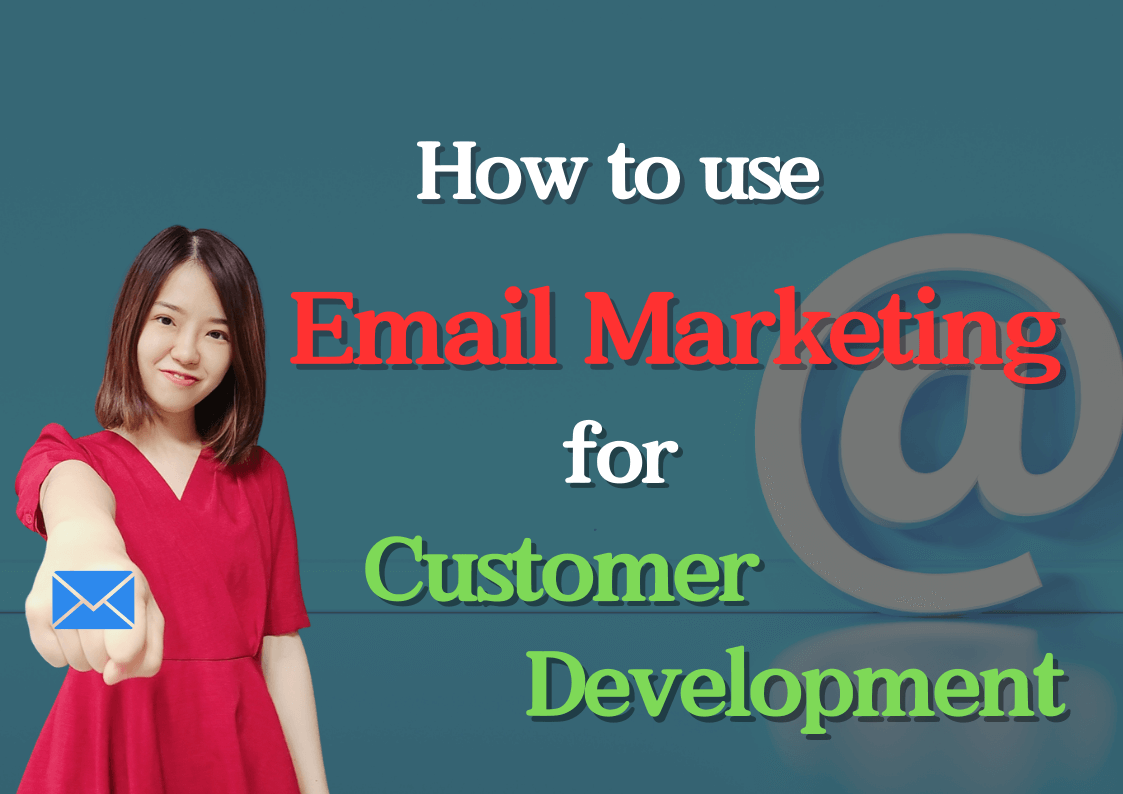How online exhibitions bring opportunities for B2B
Online exhibitions are a new marketing way for exhibitions in response to the epidemic. After the outbreak of the pandemic, many well-known international exhibitions were forced to postpone or cancel to avoid gatherings and physical contact. For companies that used to expand overseas business through international exhibitions, this undoubtedly brings huge performance impacts.
In response to the trend, the Taiwan External Trade Development Council has transformed many offline exhibitions into online exhibitions. The success of online exhibitions depends on whether the organizers can create high traffic, bring high exposure, and attract international buyers from various countries to participate in online exhibitions. Only in this way can increase the chance of bringing effective business opportunities.
Generally, like physical exhibitions, online exhibitions have clear exhibition periods, names, and exhibits. However, the biggest difference lies in the fact that online exhibitions can record “user behaviors” that occur on the Internet, meaning all potential buyers who pass by your booth behavioral data. For example, it is easy for businesses to determine whether to contact a potential buyer based on these data, such as a procurement officer viewing the XX series products, how many times they viewed, and how long they stayed.
Three major benefits of online exhibitions
(1) High efficiency and low cost
Local exhibitions often require a significant financial investment, starting from the front-end preparations such as booth and exhibition decoration design, to the later expenses including personnel travel, insurance, transportation of exhibits, catalog printing, and more. Each of these are quite expensive expenses.
However, by opting for online exhibitions, the estimated costs can be reduced to approximately 1/5 of the original expenses, representing a substantial reduction.
Online exhibitions only require stable internet connection and initial preparations involving graphic design and video editing personnel to participate, undoubtedly saving a lot of personnel expenses for small and medium-sized enterprises (SME). If concerned about the lack of in-house graphic design or video editing personnel, suitable talents can be found through outsourcing platforms like Fiverr, saving costs on personnel expenses.
Furthermore, online exhibitions make it easier to present a company’s latest products to international buyers. Have you ever experienced a situation where the production schedule for samples is well-planned, but a particular component is out of stock, delaying the production of the sample and preventing the sales team from showcasing it to clients?
In the case of online exhibitions, we only need to explain the features of these new products through videos. The actual products can be produced after the customer places an order, totally improving work efficiency!


(2) Overcoming time constraints
Local exhibitions typically last for about 5-6 days, and once the exhibition period ends, it’s over. If buyers happen to want to attend multiple exhibitions simultaneously, they may miss out on one exhibition and have to wait for another year.
However, online exhibitions usually last for several months. If buyers want to find exhibitor information, they are not restricted by geographical location. As long as there is a stable internet connection, they can access the webpage at any time, 24 hours a day, and easily obtain information about manufacturers.
(3) Enhancing buyer experience
Another advantage of online exhibitions is the enhancement of digital interactive experiences. Most small and medium sized enterprise owners may feel that online exhibitions lack the physical interaction between people. Therefore, online exhibitions require us to unleash our creativity even more, creating immersive experiences for buyers under zero-contact conditions. For example, buyers can click on product exhibition booths, DM posters, and other interfaces within the booth to access detailed product introductions.
Product introductions can include not only textual descriptions but also 3D model explosions, perspectives, and touch sound experiences, allowing buyers to feel the most realistic exhibition experience even in front of their computers, making the exhibition experience more diverse and interesting. For example, with the Tailift dismantling machine below, when buyers click the red button, the machine may emit sounds and the parts will rotate, creating an illusion that the machine is right in front of them, creating a sensory illusion.

(Read More: Virtual Exhibition: Everything You Need to Know – Dreamcast)
Online Exhibition example: TIMTOS x TMTS
The “TIMTOS x TMTS 2022” machine tool joint exhibition, the first-ever collaboration between Taiwan’s two major machine tool exhibitions, adopted a model of simultaneous physical exhibition for six days and online exhibition for one month. There were a total of 950 exhibitors utilizing 5,100 booths, with participants coming from 16 countries including Switzerland, Germany, the United States, and Taiwan. Renowned leading brands such as YOU JI, Yintai, Yng Ching, Hiwin, Gao Feng, TRUMPF, Taichung Precision Machinery, Delta Electronics, and Taiwan Mitsubishi, HEIDENHAIN, and Siemens also participated in the exhibition.
Now, how can manufacturers interact with buyers in this “TIMTOS x TMTS 2022” online machine tool exhibition? And how can they stand out from a group of high-quality small and medium sized enterprises, prompting buyers to inquire about their products actively? Below are three functionalities of this online exhibition:
(1) Precise setting of product keywords
When buyers enter the online exhibition, there is a “search” function. Manufacturers should endeavor to input all keywords related to their products into the backend, the more, the better, to facilitate buyers’ search. How to generate more product keywords on “search” function is to refer to customer web pages already engaged in transactions, as buyers’ wording is more precise and aligns with local search logic.
(2) Online booth arrangement, electronic business cards
The categorization of each layer of pages in the online exhibition is clear. After entering the exhibition hall, product categories and countries are distinguished. For example, clicking on the “Pipe and Wire” product category, buyers can see the enterprise profile pages of 12 relevant manufacturers.
Upon entering each product booth, buyers can view the details and videos of each product on the “Product Promotion Page.” All electronic images and videos should be clear, and product descriptions should include application scenarios to arouse buyers’ interest, thereby prompting buyers to exchange electronic business cards, provide demand information, and schedule online meetings, thus fostering potential business opportunities.
(Read More: Best online meeting platforms (with Comparsion Charts) – Essential for Business Meetings and Online Teaching)


(3) Visitor behavioral data
Manufacturers choosing platinum or diamond-level packages can access visitor’s behavior data, including online visitor identification, product and video viewing frequency, and time spent on the online booth.
Manufacturers can utilize this data to better determine whether to prioritize contacting potential buyers, and the exposure sequence of manufacturers searched by buyers will also be more prominent.
Future trends of Online Exhibitions
The future trend of online exhibitions will undoubtedly see significant advancements in functionality, transitioning from “face-to-face” negotiations to “screen-to-screen” and “network-to-network” interactions. This evolution will involve extensive integration of technologies such as AR (Augmented Reality) and VR (Virtual Reality), making online exhibitions more immersive. By eliminating the cold and distant feeling of facing a computer screen, these advancements will diversify the matchmaking channels for exhibition marketing.
Our company excels in B2B proactive marketing development and have successfully assisted numerous small and medium-sized enterprises (SMEs) in Taiwan with customer development initiatives. In online exhibitions, if contacts fail to respond, our “Email Finder” feature allows you to check if there are other contacts available for further communication.
Additionally, we offer a “Sales Automation Tool” that utilizes “B2B Leads Generation” and “Customs Data”, combined with “EDM Marketing“, to reduce your customer development time by 80%. For more information, feel free to Whatsapp or Email us.














